5 min read
Share this post

This month sees the release of Mathematics 1, the next lessons in our Core Curriculum series and the first directly addressing the needs of English language learners (ELLs) in the math classroom.
Understanding mathematics is crucial for all students, but it presents distinctive challenges and opportunities for ELLs in K-12 education.
Why is math important? Mathematics is a universal language that opens doors to various fields, such as engineering, economics, and technology. It hones critical thinking, problem-solving, and logical reasoning skills, which are vital in today’s data-driven world.
However, despite its universality, the teaching and learning of mathematics are deeply rooted in language and culture. For ELLs, two significant barriers emerge: linguistic hurdles and cultural differences.
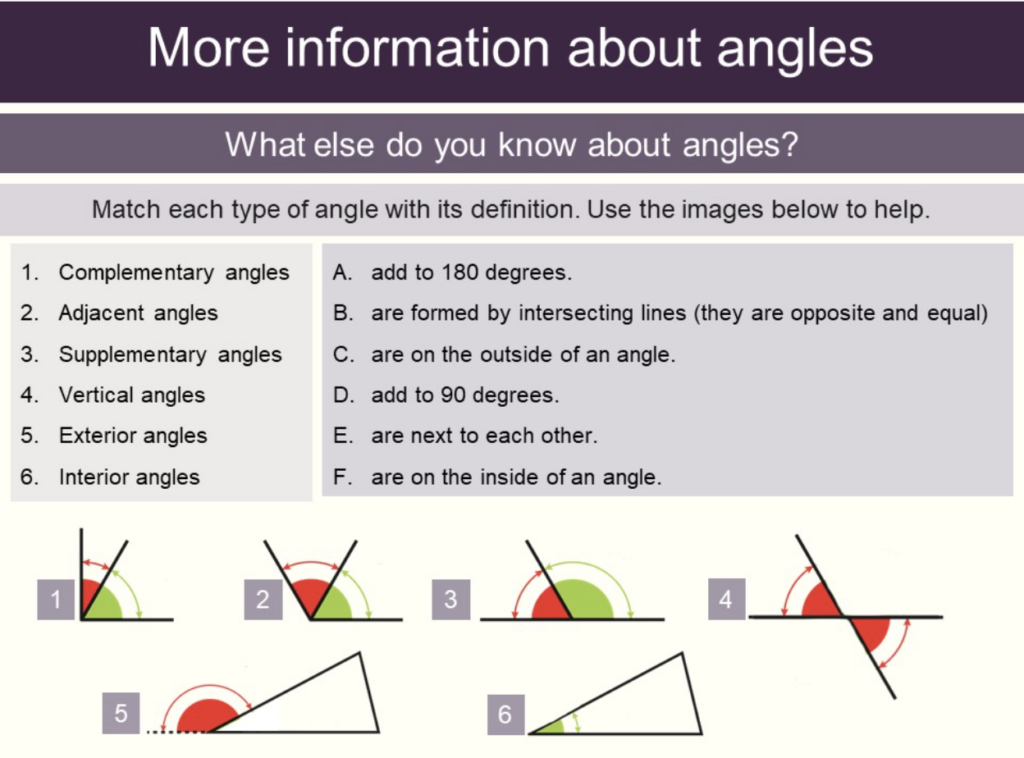
Linguistic barriers are primarily seen in word problems that require a firm grasp of English to understand the context and formulate a solution. Equations are not just about computation; they often involve English phrases and terminologies unfamiliar to ELLs.
Cultural differences also pose challenges. Teaching methods, problem-solving approaches, and even the usage of symbols in mathematics can vary greatly from one culture to another. ELLs may struggle to adapt to a new mathematical framework that differs from their prior experience.
This is where the new math-focused Off2Class Core Curriculum lessons come in. This series emphasizes teaching mathematical vocabulary and language structures within the context of math instruction. This integration helps ELLs comprehend and engage with math problems, making the math classroom accessible to all. Consisting of 12 lessons across 6 different units, Mathematics 1 provides learners with the language and support they need to thrive in their studies of math.
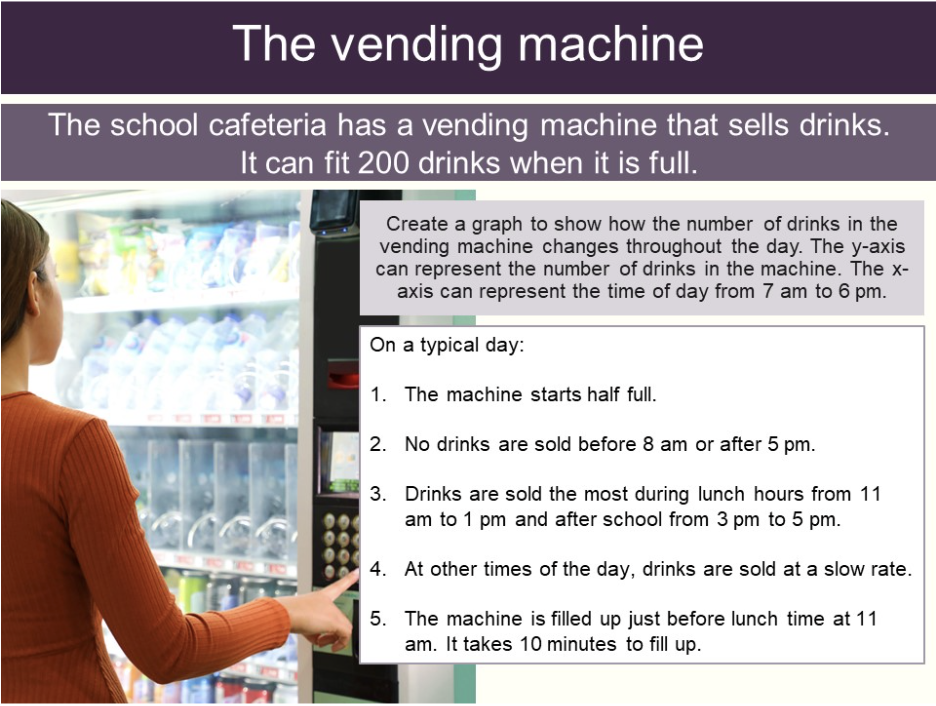
The Off2Class Core Curriculum provides students with the necessary tools to understand and interact with content that is specific to a range of subject areas. It emphasizes teaching key vocabulary and phrases often seen in different K12 disciplines. Through mastery of these language elements, students can progressively comprehend and express more intricate language and concepts.
This curriculum is particularly suitable for students who have a basic understanding of English but need more confidence in articulating their thoughts in specific subjects. For beginners who are still building a solid English foundation, our Newcomers lesson series, set for release in late July 2023, would be an ideal starting point.
Although the vocabulary in the Core Curriculum lessons is largely influenced by North American educational systems, teachers in different educational settings can also find value in these lessons with some minor modifications. The initial set of 72 lessons covers Classroom Language and Skills, Language Arts, Mathematics, Science, and Social Studies.
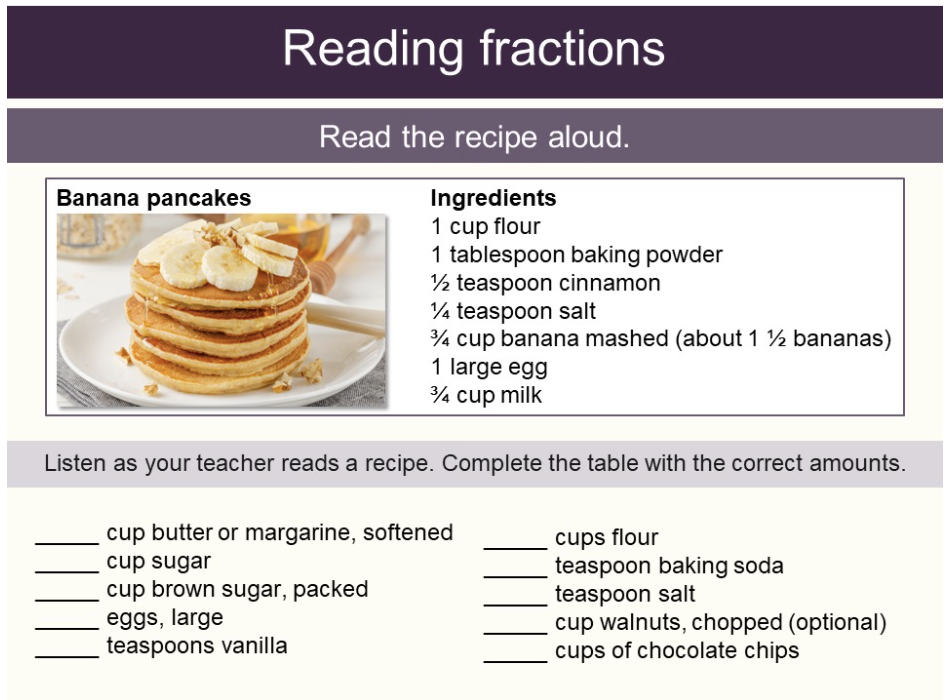
Mathematics 1 comprises 12 lessons and 6 units, each tackling a specific area typically studied in K12 settings. The course is designed to provide students with the language and skills they need to become confident and capable participants in their math lessons.
This unit summarizes the fundamentals of how to read different types of numbers in English and how to describe core mathematical processes. It also introduces key language and skills that learners will return to time and again throughout their study of math.
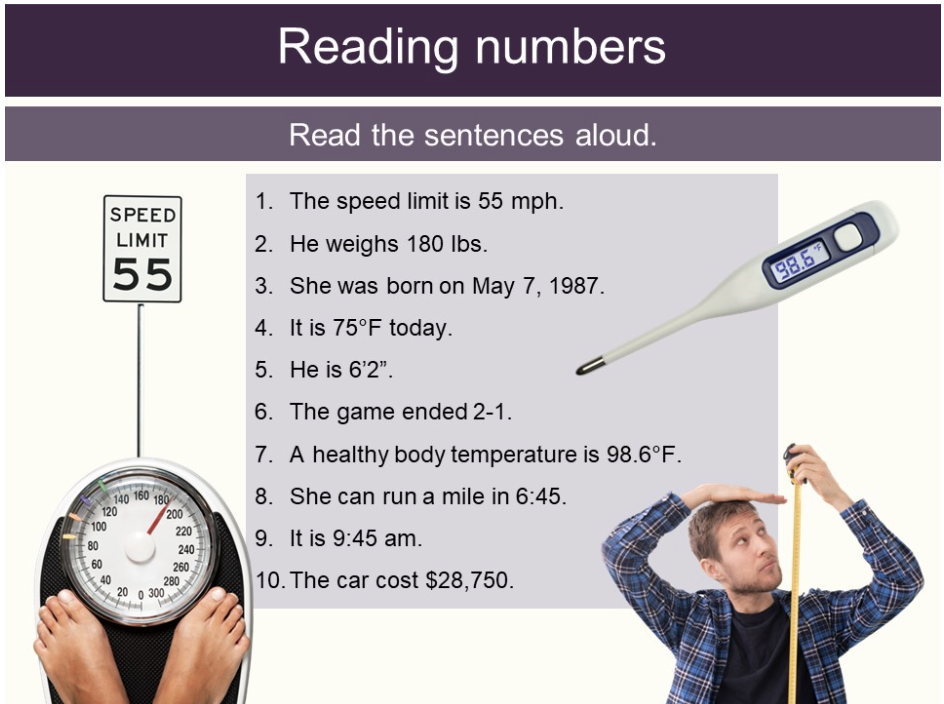
In this unit, students learn how to describe equations and the basics of algebra. This will allow them to navigate equation-based mathematical problems accurately and with confidence.
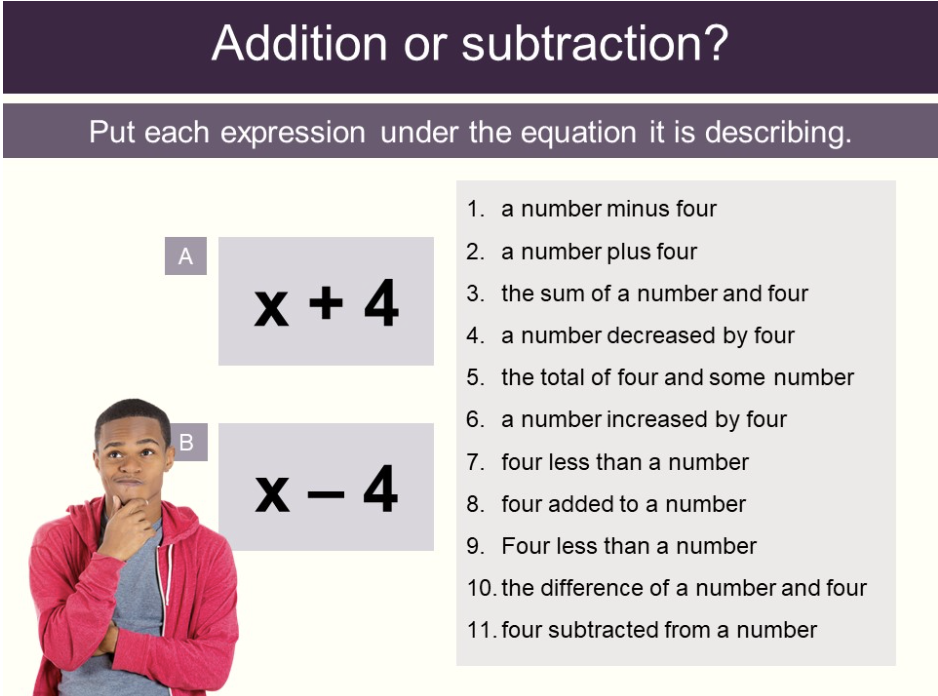
Unit 3 tackles geometry and introduces students to language for describing lines, angles, and shapes. Students also build an understanding of commonly–used prefixes and suffixes that they will encounter during their study of math.
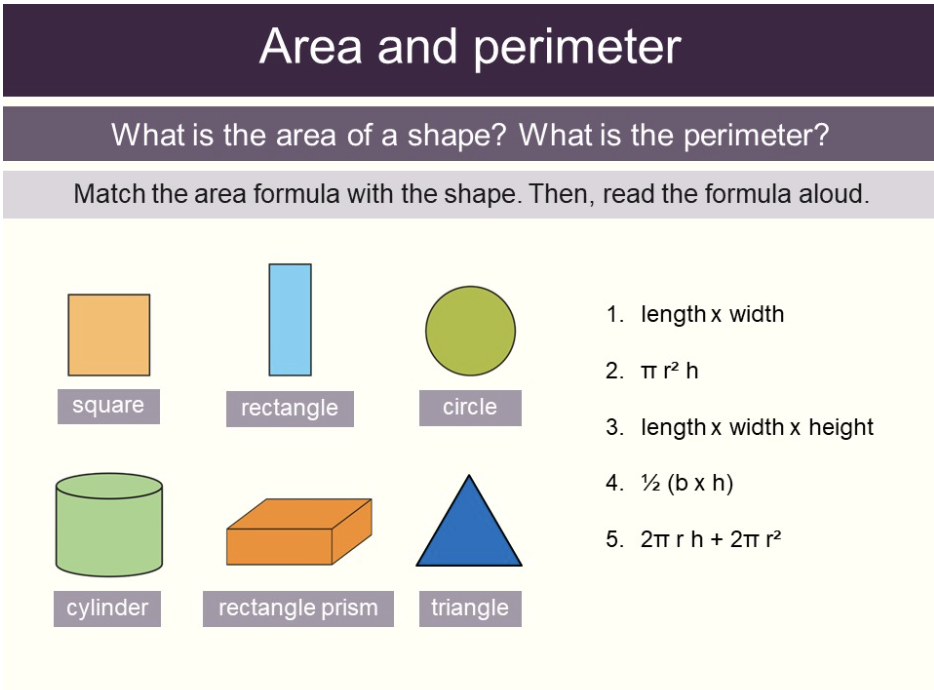
Students learn expressions for describing statistics and probability. This includes language structures that are often found in related problems, including comparatives, conditionals, and adverbs.
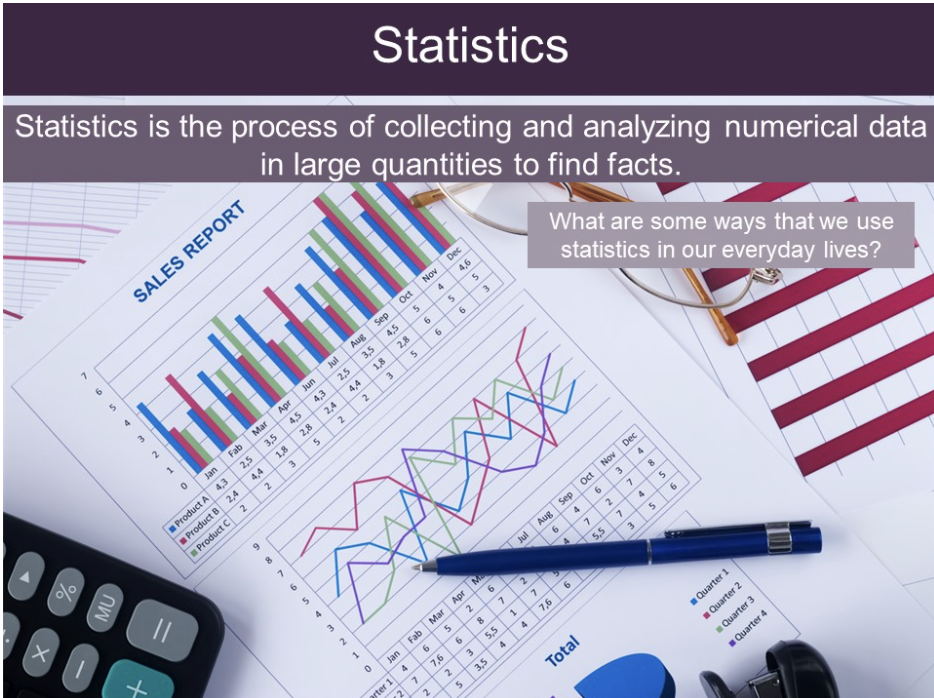
This unit tackles the fundamentals of understanding and interpreting word problems that students often encounter in math textbooks. Students learn connectors and expressions for describing cause and effect and other relationships.
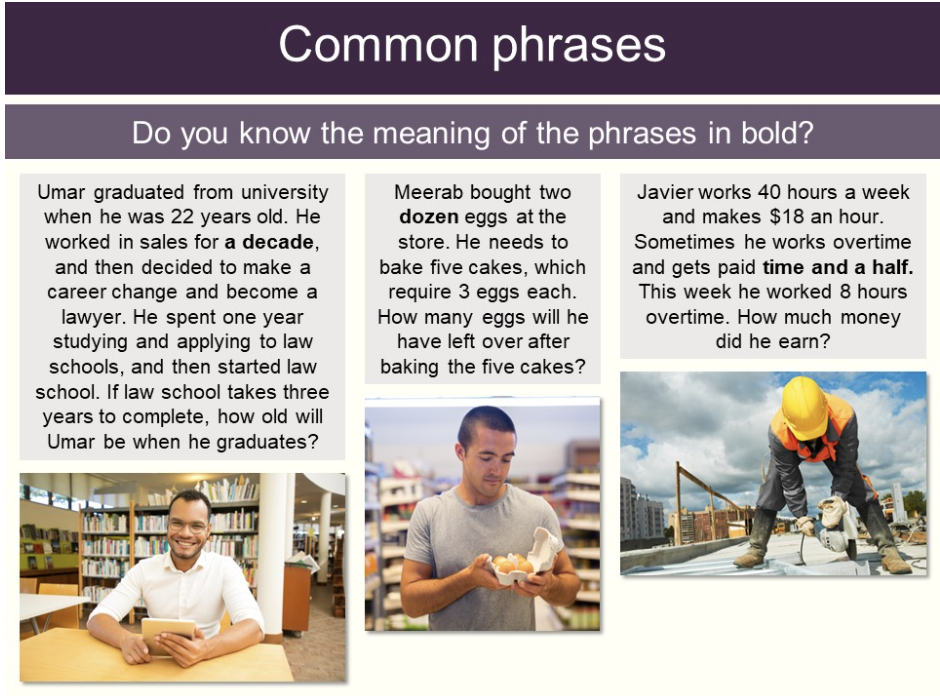
Finally, Unit 6 deals with functions and graphs. Students learn vital expressions to describe functions and the graphs that represent them, including comparatives and superlatives and qualifying adverbs.
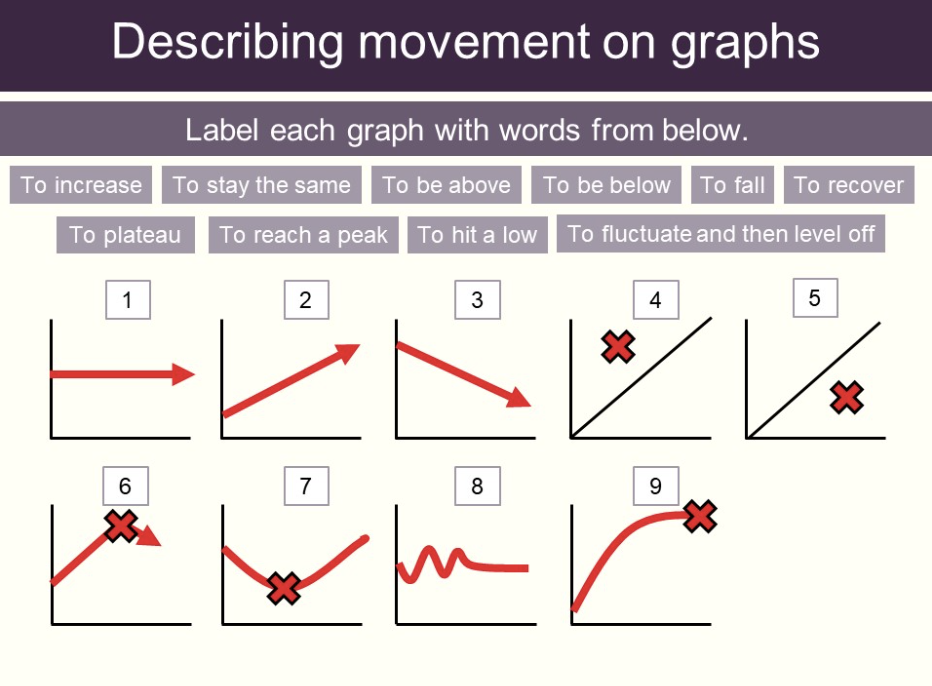
The Off2Class Mathematics lessons provide ELLs with the skills and language essential to becoming competent participants in their math lessons. By giving students the tools needed to access content in the math classroom, the door is opened to an exciting world of possibilities across STEM and beyond.
For full details of the Mathematics lessons and the rest of the Core Curriculum, as well as information regarding our other exciting lesson releases for this year, take a look at our release schedule.
Share this post



Leave a Reply